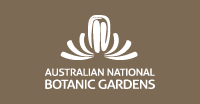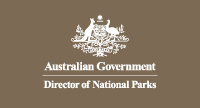The genus Banksia
There are 173 Banksia species, and all but one occur naturally only in Australia. Banksias were named after Sir Joseph Banks (1743-1820 ), who, in 1770, was the first European to collect specimens of these plants.
In recent years the genus Dryandra has been incorporated into the genus Banksia [more]
A number of Banksia cultivars have also been developed.
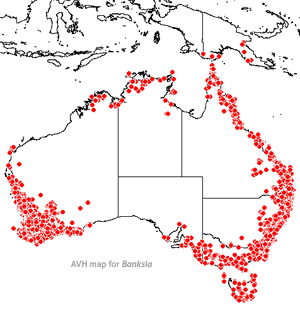 Where
do they Occur?
Where
do they Occur?
South western Australia contains the greatest diversity of banksias, with 60 species recorded. They are also an important part of the flora of Australia's eastern coast. Few banksias are found in the arid regions of Australia or in the rainforests of the eastern coast.
There are no species which are common to eastern and western Australia except Tropical Banksia, Banksia dentata , which occurs across northern Australia, in Papua New Guinea, Irian Jaya and the Aru Islands.
Banksia Flowers and Fruits
The flower heads are made up of hundreds (sometimes thousands) of tiny individual
flowers grouped together in pairs. The colour of the flower heads usually ranges
from yellow to red. Many species flower over autumn and winter.
The fruits of banksias (called follicles) are hard and woody and are often grouped
together to resemble cones (which they are not true cones are produced
only by conifers).
The fruits protect the seeds from foraging animals and from fire. In many species
the fruits will not open until they have been burnt or completely dried out.
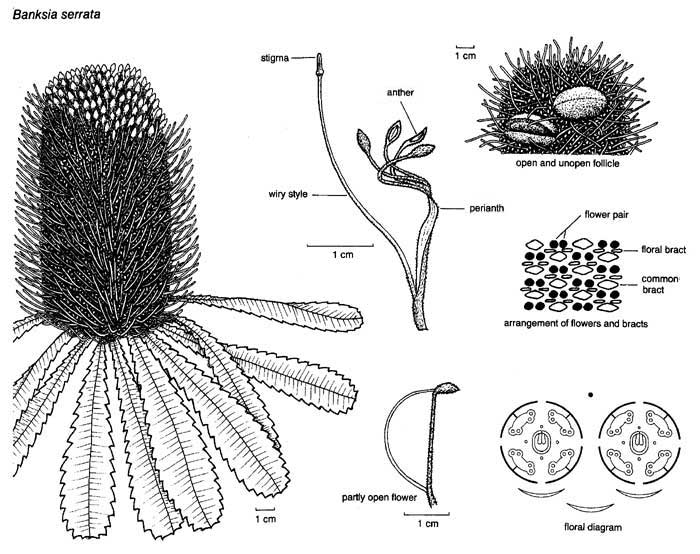
Open PDF of this illustration
for printing
Growing Banksias from Seed
Banksias are easily propagated from seed. A common way to release seed is to
place the 'cone' in an oven at 120°140° C for about an hour. The
follicles then open and the seeds can be removed with tweezers. Two black winged
seeds are usually found in each follicle, together with a structure called a
separator.
Insects sometimes lay their eggs in the flower buds and the larvae may eat the
seed as it develops. A small hole in the woody fruit is usually a sign that
this has happened and that the seed will not germinate.
Seeds should be sown in a very freely draining seed-raising mix which should
not be allowed to dry out. As Banksia seedlings are prone to fungal attack,
it is better to sterilise the seed-raising mix before planting. If this is not
practical, very clean ingredients should be used.
Seedlings should be transplanted into small pots as soon as the first true leaves
appear. A potting mix made from equal parts of river sand, loam and leaf mould
(or peat moss) is generally suitable.
Rare and Threatened Banksias
Despite being such a popular Australian plant, several banksias are listed
as rare or threatened.
Banksia brownii , the Feather-leaved Banksia, is named
after the famous botanist Robert
Brown (1773-1858) who accompanied Matthew Flinders to Australia. It is restricted
to a few locations between Albany and the Stirling Ranges in Western Australia.
[Colour
photo.]
Banksia verticillata, the Granite Banksia, is restricted
to a few sites on or beside granite outcrops from Albany to Two Peoples Bay
in Western Australia. [ Colour
photo.]
Banksias for the Garden
Banksias usually grow best in well drained soils in a sunny position. Most
respond to light pruning, and those which form a woody rootstock (lignotuber)
can be heavily pruned. Only low phosphorus fertilisers should be used.
Species native to Western Australia are prone to root-rot fungus and generally
do not grow well in parts of Australia which experience high humidity and rainfall
in the summer.
Banksias range from low-growing shrubs to trees up to 25 m tall. Some species,
for example Banksia ericifolia and Banksia menziesii , are known
for their spectacular flower heads. The flower heads produce large volumes of
nectar and attract many birds and small mammals to feed on them. Banksias are
excellent plants to encourage native animals to the garden.
Commonly Grown Banksias
The following Banksias grow well in most of the temperate areas of Australia and have been successful at the Australian National Botanic Gardens in Canberra. Most of these species are available commercially. The local branch of the Society for Growing Australian Plants may be able to assist in locating seed or cuttings of less commonly cultivated species.
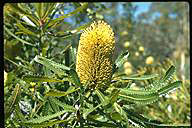 Banksia
aemula - Wallum Banksia
Banksia
aemula - Wallum Banksia
This plant is similar to the better known Banksia serrata . It rarely
exceeds 3 m high, is more bushy in habit and is more tolerant of poorly drained
soils. It was introduced into cultivation in England in 1788 and was among the
first banksias to be grown there.
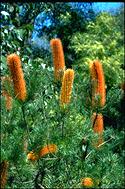 Banksia 'Giant Candles'
Banksia 'Giant Candles'
This cultivar grows as a medium to small shrub to 5 m high. It is probably
a hybrid between Banksia ericifolia and Banksia spinulosa var. collina . The deep orange flower heads open over autumn and winter and
can grow to 40 cm long. Plants prefer a well-drained site in full sun and are
frost tolerant. Banksia 'Giant Candles' must be propagated from cuttings.
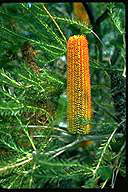 Banksia
ericifolia var. ericifolia - Heath Banksia
Banksia
ericifolia var. ericifolia - Heath Banksia
This adaptable Banksia forms an excellent screen plant and is able to
tolerate frost and salt spray. Plants may grow to 5 m tall, but are frequently
smaller in cool climates and exposed sites. The flower heads open in autumn
and winter and are orange-red. Plants do not grow well in alkaline soil.
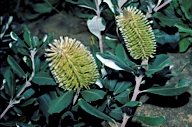 Banksia
integrifolia var. integrifolia - Coast Banksia
Banksia
integrifolia var. integrifolia - Coast Banksia
This hardy Banksia grows very well in coastal areas and can tolerate
salt spray. Plants may grow to 25 m, but are often smaller. The dark green leaves
have a silvery underside, which adds to the beauty of the foliage. The pale
yellow flowers open from late summer to winter. Plants are frost tolerant.
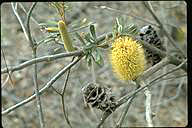 Banksia
marginata - Silver Banksia
Banksia
marginata - Silver Banksia
Silver Banksia is a very variable species which may grow from 1 to 12 m, depending
on the origin of the plant. Plants are hardy and will grow in a variety of soils
and climates. Most forms are frost tolerant. The leaves have a silvery underside.
The flower heads range from greenish yellow to bright yellow and open from late
summer to winter. This is the only banksia which occurs naturally in the Canberra
region.
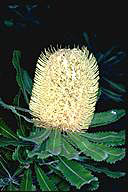 Banksia
serrata - Saw Banksia
Banksia
serrata - Saw Banksia
The rugged bark, serrated leaves and large flowers of this banksia give it
a distinctive appearance of great value in landscaping. Plants may grow from
2 to 12 m. It is adaptable to most soils, but requires good drainage, and is
frost tolerant. The flower heads are greenish yellow and open from summer to
winter. A low-growing cultivar B. serrata 'Austraflora Pygmy Possum'
is available.
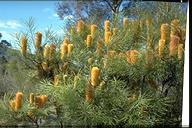 Banksia
spinulosa var. collina
Banksia
spinulosa var. collina
The dense habit of this banksia makes it a useful screen plant. It will grow
in most soils, except those which are badly drained. The flowers are basically
bright yellow but the styles range from yellow to deep red and change the overall
colour of the flower head. They open in autumn and winter. Plants generally
grow to about 2 m.
Further reading
- Flora of Australia, Vol.17B, 1999, ed: Annette Wilson, ABRS - Environment
Australia, CSIRO Publishing.
- Elliot, R.E. and Jones, D.L., 1982 'Encyclopaedia of Australian Plants
Suitable for Cultivation', Volume 2, Lothian Publishing.
- George, A., 1987 'The Banksia Book', Kangaroo Press.
- Holliday, I. and Walton, G., 1990 'Field Guide to Banksias', 2nd
revised edition, Hamlyn Australia.
- Taylor, A. and Hopper, S., 1991 'The Banksia Atlas', reprinted with
amendments, Australian Flora and Fauna series, No. 8, Australian Government
Publishing Service.
- Wrigley, J.W. and Fagg, M., 1989 'Banksias, Waratahs and Grevilleas and all other plants in the Australian Proteaceae family', Collins Publishers, Australia.
Based on an Australian National Botanic Gardens leaflet prepared by Rod Harvey in 1995.
![An Australian Government Initiative [logo]](/images/austgovt_brown_90px.gif)





